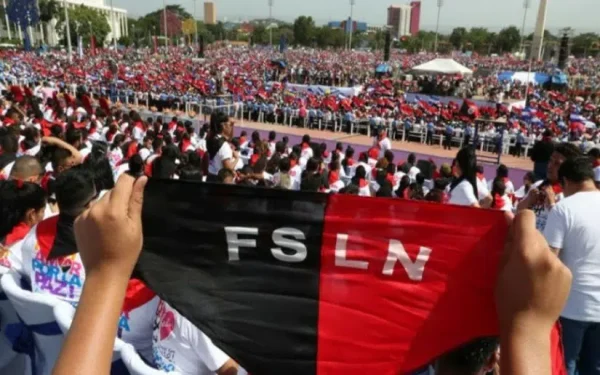Nicaragua: the Democracy Dilemma

The loss of the presidency in 1990 effectively buried the FSLN. What was later sheltered under that name was a corrupt gang.
By Simon Pachano (Confidencial)
HAVANA TIMES – The last armed overthrow of a Latin American dictatorship occurred in Nicaragua in 1979. Support for the final push, led by the Sandinista National Liberation Front (FSLN), came from very diverse sectors, from countries both inside and outside of Latin American. Even the US government, guided by the human rights policy established by Jimmy Carter, gave decisive support.
The defeat of Somoza and his National Guard – a true occupying force of their own territory at the service of the dictator – constituted a turning point in the turbulent and tragic history of Central America. Without this victory, the continental political process would surely have been very different. It is likely, for example, that it would not have been possible to propel the peace processes that made it possible to put an end to the internal wars that were taking place in Guatemala and El Salvador.
As was inevitable, the triumph of the revolution put the dilemma of the future regime on the table. With the Cold War raging –few people expected the Berlin Wall to fall in ten years– the debate was divided between a utopian democracy and a one-party dictatorship. The first option raised low expectations in a region where most efforts to implement it had failed.
The second had as a model the Cuban experience that, thanks to the dissemination of its heroic story and US blindness, gained followers both inside and outside Nicaragua. Advantageously for what came next, the definition of that future coincided with the beginning of the process of democratization in Latin America. The wave initiated by Ecuador and the Dominican Republic provided a dose of optimism about the viability of democracy.
The debate took place in the core of the Junta of National Reconstruction Government and also among the leadership of the FSLN. Initially, the pluralist composition of these two bodies was key in preventing the Cuban model from materializing and repeating the history of replacing one dictatorship with another.
There was a small margin to counteract the excesses of the most radical faction, but several factors (poor economic management, the rise of the “contras”, the hostile policy of Ronald Reagan) prevented the consolidation of a democratic regime. The loss of the presidency in 1990 effectively buried the FSLN.
What was later sheltered under that name was a corrupt gang, far from any ideological definition, led by Rosario Murillo and her husband, Daniel Ortega, whose most recent action was to strip the nationality of more than 300 people, including many militants and leaders of the historic FSLN.
As in 1979, Nicaragua once again puts the dilemma on the table: democracy or dictatorship
The challenge is especially critical for the Latin American left, which is experiencing its second heyday. Governments of that leaning, with the exception of Venezuela and Nicaragua itself, are prevailing because they agreed to adhere to democratic rules. But now is the moment where they must demonstrate that they follow those rules in the carrying out of power, and that they did not use the rules only as a ladder to get there. Some have done so, others remain silent or make timid statements. The same dilemma is posed once again. And in the same place.
*Article originally published in El Universo of Ecuador.
—–





